Donkey Kong Bananza Review - Beauty and the Banandium-Obsessed Beast
/When Donkey Kong Bananza first dropped in July, Nintendo fans all over the Internet wasted no time lavishing it with high praise. Being just the second 3D Donkey Kong game following 1999’s Donkey Kong 64, the hype and excitement were through the roof. But to be honest, when I first booted up the game, my first reaction was disappointment.
Three of the face buttons are simply to smash up, forwards, and down, with jumping and context-sensitive actions mapped to A and everything else assigned to shoulder buttons. You’re tasked with finding secrets embedded in terrain that initially takes seeming ages to clear, climbing around environments, and soon enough, transforming into freakish animal-hybrid forms that help with combat, traversal, and destruction.
Joined by an inexplicably thirteen-year-old Pauline and sent on a frankly nonsensical journey to the center of the planet to seek out a wish-giving plot device, Donkey Kong himself has never been more expressive, but the game’s story doesn’t do much with the excellent animations. The narrative is extremely basic. You’re tasked with stopping VoidCo.’s president, Void Kong, a villainous chimpanzee with an intolerable laugh, seemingly dark techno-magical powers, and a couple of unremarkable sidekicks.
They’re set on beating you in a race to the planet's core, where he’ll be able to enact some nebulous plot. However, only Pauline talks in English, with the rest of the cast communicating in Rare Limited-inspired gibberish. The actress tasked with voicing Pauline does a ton of heavy lifting to keep the player interested, but even so, the first 20 or so of Bananza’s hours functioned better than a melatonin at putting me to sleep after a long day’s work.
Monkey-brained Gameplay, For Better and Worse
At first, I found the controls and gameplay overly simplistic, with limited QOL options. I felt at odds with the camera in tight spaces, and the garish color palette and gaudy textures were not easy on the eyes. I also had to turn off the screen shake to save me from constant motion sickness. What’s more, the enemies in general were incredibly easy, to the point where I could clear combat challenges in seconds and delete bosses in under 30 seconds, before I could even see all of their attack patterns. The first third of the game was a yawn to get through as a result.
I mention all of this because once I reached the halfway point of Donkey Kong Bananza, something clicked. By the time you have more Bananza forms to play with and can ride floating chunks of terrain to the top of a gigantic watermelon, I finally felt like the game wasn’t wasting my time. While there still isn’t much in the way of challenge until the endgame and post-game (in fact, I was still deleting bosses in under half a minute towards the end), there’s enough variety and charm to make this game stand out, and the destruction-centered gameplay becomes oddly cathartic and even soothing at times.
Maybe some of my initial frustration was that as someone who grew up in the golden age of 3D platformers (back in the days of Super Mario 64, Banjo-Kazooie and Tooie, Rayman 2 & 3, Crash, Spyro, Gex, etc), there were actual dangers, challenges, pitfalls, and stakes to be had. Those games were designed with challenge in mind. You could end up with a Game Over if you weren’t careful, or else need to redo an entire level or ‘mission’. On top of a lack of consequences for failure, it seemed that Bananza was initially taking the easy way out with its gimmick of destructible environments and free-flowing movement substituting for actual nuanced level design. Thankfully, the latter parts of the game feel more focused, with some obstacles that will actually give your noggin a joggin’. By the time I was in Bananza’s final hours, I felt like it was just hitting its stride.
Choose Your Own Way of Playing
One of the turning points for me in my appreciation of Donkey Kong Bananza actually came from the revelation that the game never artificially gates your progress. You can rush through to the objective if you so desire, and speedrunners have done just that, sequence-breaking Bananza and often skipping entire layers to the point where only one Skill Point is needed to get through one of the late-game challenges. While my personal play-style is to explore each area before moving on, Bananza seems to be challenging you to do the opposite, to instead make as much progress as possible without excessive ‘grinding’ for Banandium Gems to level up your various skills and abilities, or even your health and Bananza Meter. I can easily see myself attempting a speedrun playthrough out of curiosity.
If you’re anything like me, though, you’ll be spending a lot of time leisurely exploring each environment, digging up fossils to sell for Pauline’s costumes, ability-granting ties, and fur dye, unearthing maps to fossils and gems, discovering Hideaways, reuniting Fractones with their tiny missing pieces, unlocking shortcuts, taking on timed traversal challenges, and tackling hidden challenge levels (some with secrets of their own) that will net you new Banandium Gems, among other tasks.
If it sounds like endless busywork, it sometimes feels like it, but in the Super Mario Odyssey fashion, each challenge is self-contained. This is an improvement upon Bananza’s progenitors’ gameplay style that used to default to having you find X amount of objects around some massive level, collect X amount of coins or bananas, or try to decipher some vague hint in order to find Stars, Moons, Jiggies, or the equivalent. There’s rarely any guesswork involved in acquiring Banandium Gems, and the game even has an Assist Mode that points you towards the next or closest objective.
Transform Through the Power of Music and Friendship
Strewn across the vast landscapes of this underworld are five Elders who are all too eager to teach Pauline songs that, when sung, transform DK into various forms. Kong Bananza powers-up DK’s offensive capabilities, allowing him to break things faster, hit harder, and charge up punches.
The Zebra Bananza lets DK run faster and ‘charge’ a dash that turns him into a torpedo that can glide over water. The ironically-named Ostrich Bananza turns DK into a terrifying monster that can fly, and then glide, over short distances (you can increase the range). The Elephant Bananza, my favorite by far, allows you to vacuum up your surroundings and store chunks to toss. Finally, the Snake Bananza grants you the ability to high-jump and slow down time. The levels do sometimes all but require you to go for certain transformations, and filling up your meter to use them is usually easily accomplished by simply breaking things for Banandium and collecting the drops by hitting R for a quick hand-slap.
Aside from the aforementioned smashing, Donkey Kong has a lot of cool movement options. He can pick up a piece of debris with ZR, which leaves you with several options. He can Turf Surf, which involves sliding on the spinning, disintegrating piece of turf as DK’s arms pick up speed. DK can also use turf as a springboard for a mid-air jump. He can also spin-jump by rotating the control stick while jumping, and break into a roll at any time. This is useful not just for gaining speed downhill, but also for extending your horizontal jumping distance in mid-air. Perhaps the coolest thing is that DK can cancel just about any action into any other action without delay. The movement feels fast and free-flowing, and you’re almost never limited by the controls.
Annoyance By A Thousand Punches
The camera, on the other hand, is hit-and-miss. In wide open areas, it’s generally fine, but I am in disbelief that the game has no way of allowing the player to move the camera any further back (or closer), nor is there any way to re-center it behind you. You can only rotate the camera, and are thus always at the mercy of how far or close the game wants you to be. It feels like some absolutely basic functions are totally missing. It’s especially frustrating when you’re in close quarters, and the camera sometimes zooms or clips suddenly in ways that are spastic and claustrophobic. I did find myself constantly babysitting the camera. Camera issues are a constant thorn in the side of 3D platformers, and it’s true that Donkey Kong Bananza is doing something quite different, but the lack of accommodations (not to mention basic options such as sound mixing for the SFX, vocals, and music) is a big strike against the game.
Performance-wise, Bananza generally runs at a crisp 60fps, but during its most intense moments, there are clear dips. Some of the boss battles (including the final boss) and moments where you’re desperately smashing debris into smithereens while tiny parasitic enemies dogpile you are among the more intense situations here, and when the framrerate lets DK down they are doubly frustrating.
The DK Artist mode is easy to overlook. It’s a sculpting and painting simulator that’s a showcase for the Joy-Con’s mouse mode, but the options are paltry. You can only carve or add onto one of several existing shapes, and your colors are limited to in-game textures. I’m glad they tried, but it’s beyond tedious to try and use this to make an actual quality model.
As for the $20 DLC, the DK Island and Emerald Rush modes, I don’t think I’ll be purchasing them. They don’t seem to add much to the core experience and should have been either included for NSO Expansion Pass subscribers or $10 at the most. Now that Hollow Knight: Silksong is out for $20 and we have myriad summer sales, it seems absurd to charge $20 for half-baked DLC that apparently adds very little to the core experience aside from a rogue-lite challenge mode and a small new area.
A Fantastic Final Act Carries This Over the Finish Line
Donkey Kong Bananza catapults over the finish line by the seat of its overalls in an absolutely show-stopping finish. It’s no exaggeration to say that this has one of the better final acts and post-game content of any modern Nintendo game, even if the best moments amount to a small fraction of the overall experience. By the end of it, I was starting to see why so many people were so high on this game, especially as I began to tackle the endgame content, which finally delivers the challenge. If you’re anything like me, you can easily spend between 50 and 60 hours exploring everything this game has to offer. But if you want to rush through, you can easily complete this quest for the first time in around 10 hours, as long as you’re somewhat adept at these types of games.
For Donkey Kong fans, this is an absolute dream come true, even if most of the DK Crew are either absent or relegated to cameos. The gameplay strikes an excellent balance between climbing, smashing, and platforming, and the level design constantly throws new ideas at the player without repeating itself. But at the end of the day, this is a modern Nintendo game for better and for worse, and that means it’s accessible to a fault, has a sparse story, and a focus on short, simple micro-challenges for quick dopamine hit rewards. One wonders if this game will have any appeal to modern gamers raised on Fortnite and Minecraft, but it’s clear at least that it’s a love letter to the ‘90s and days when Rare, Ltd. and the rest of them churned out constant hits and the ceiling for what could be accomplished in 3D platformers seemed limitless.
Verdict: 4 / 5 (Fantastic)
PROS
Excellent variety in the level design
Fun, fast-paced gameplay mechanics and physics
Varied Skill Tree unlocks make the collect-a-thon elements feel worthwhile
Gameplay philosophy prioritizes player freedom and allows for sequence breaking and replayability
CONS
Barely any difficulty for 95% of the game if you have any experience with these types of titles
Lack of options for the camera
Occasional performance dips
Gaudy pastel colors, ugly textures, and uneven graphics
What I’ve Played
Beat the game and all postgame content except for the DLC
53+ hours of smashing stuffCollected 623 Banandium Gems
Unlocked almost all of Pauline’s costumes

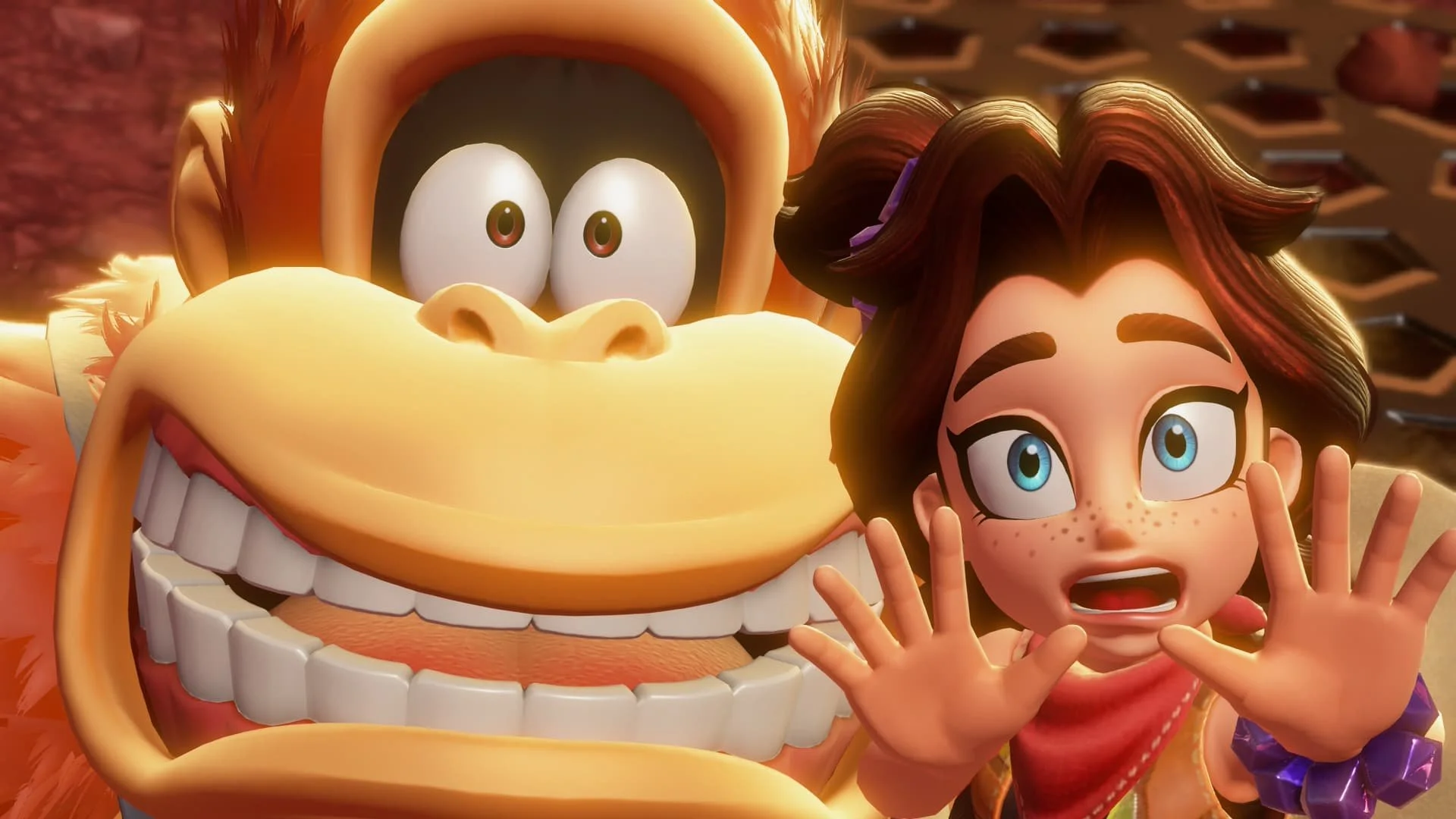

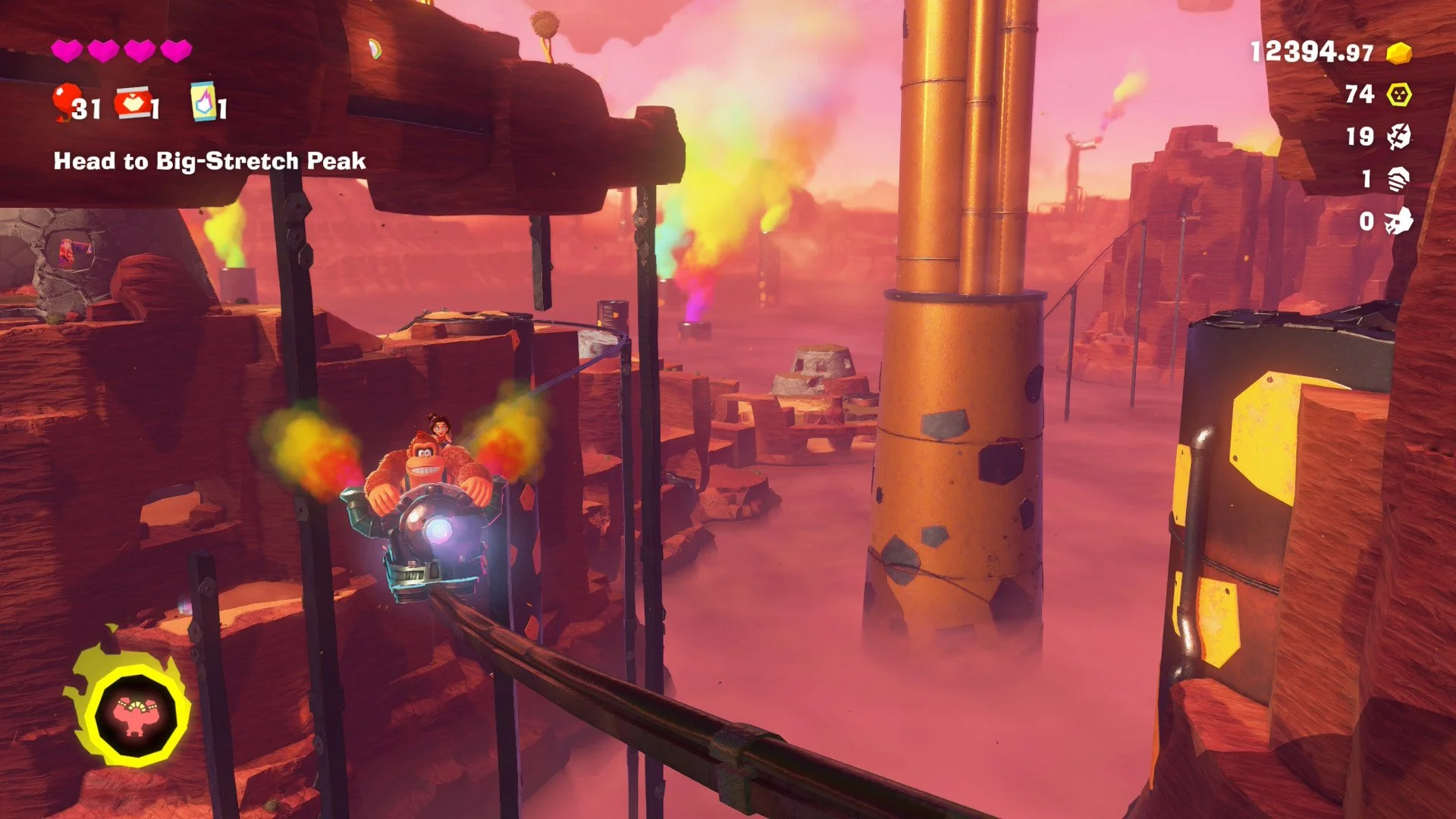

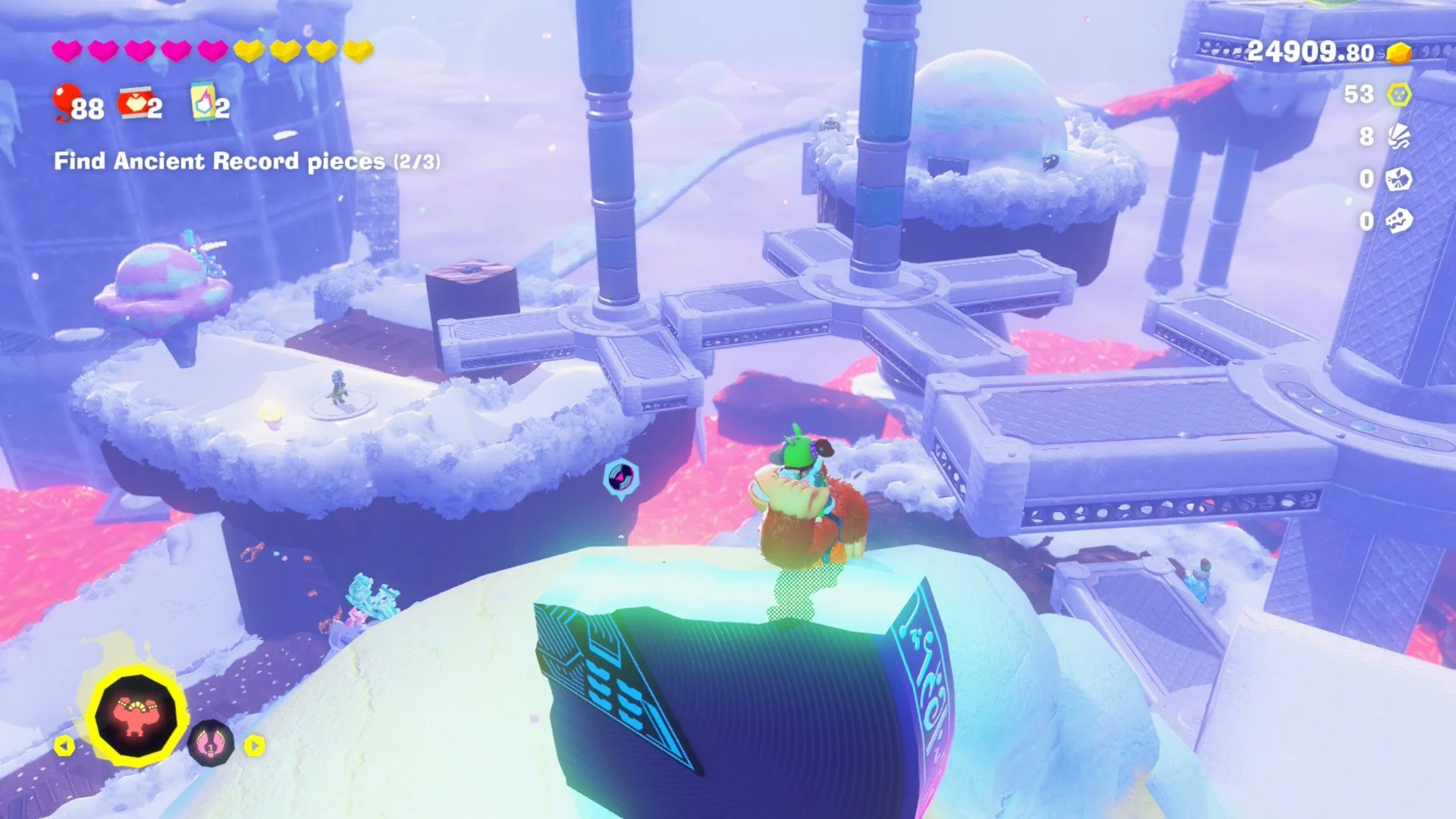

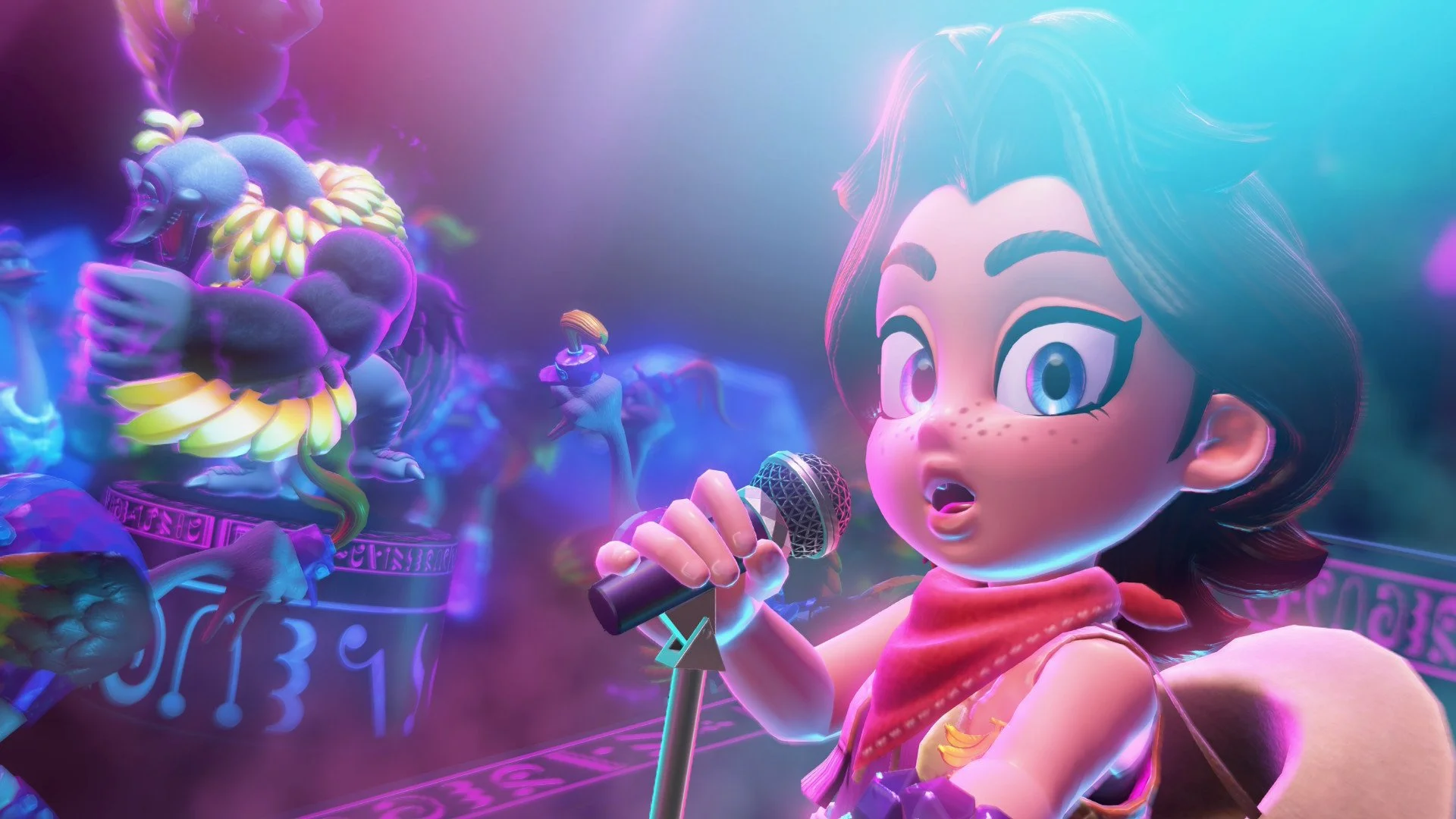
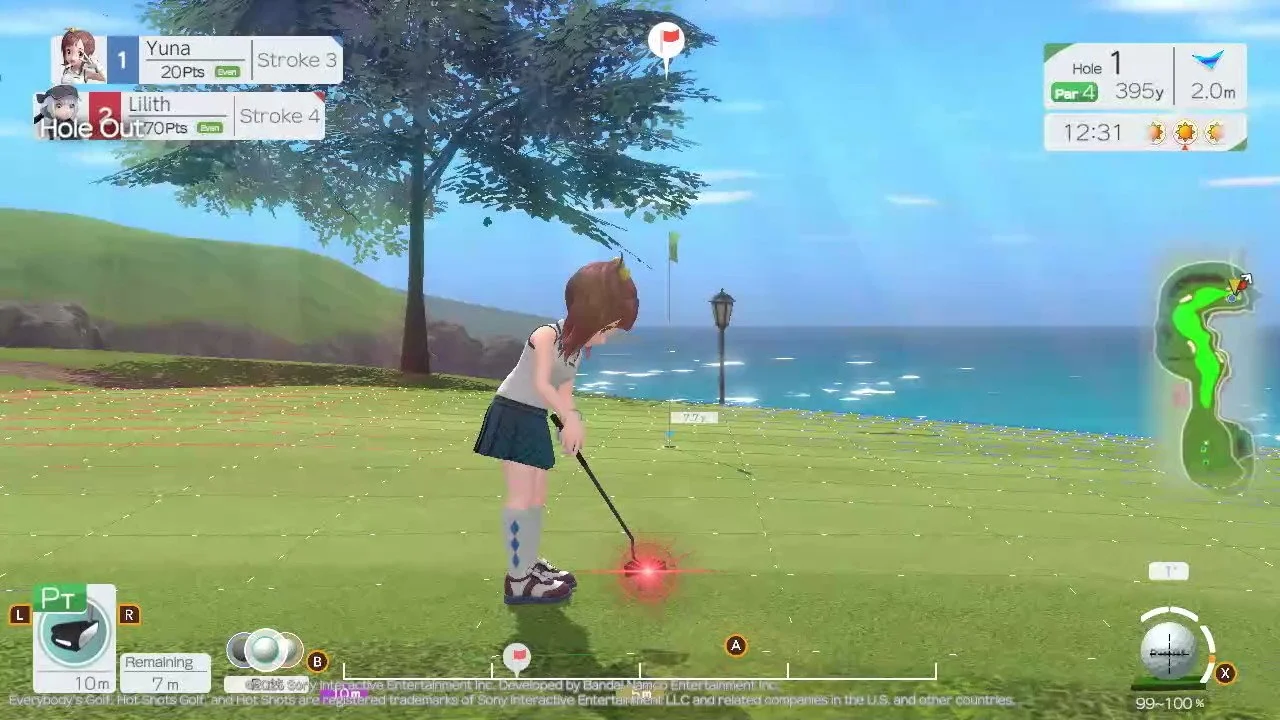


If you can get past Once Upon A Katamari's sticky controls and a general sense of deja vu, the many time periods, customizable cousins, unique challenges, and features make even a decades-old formula feel fresh again.